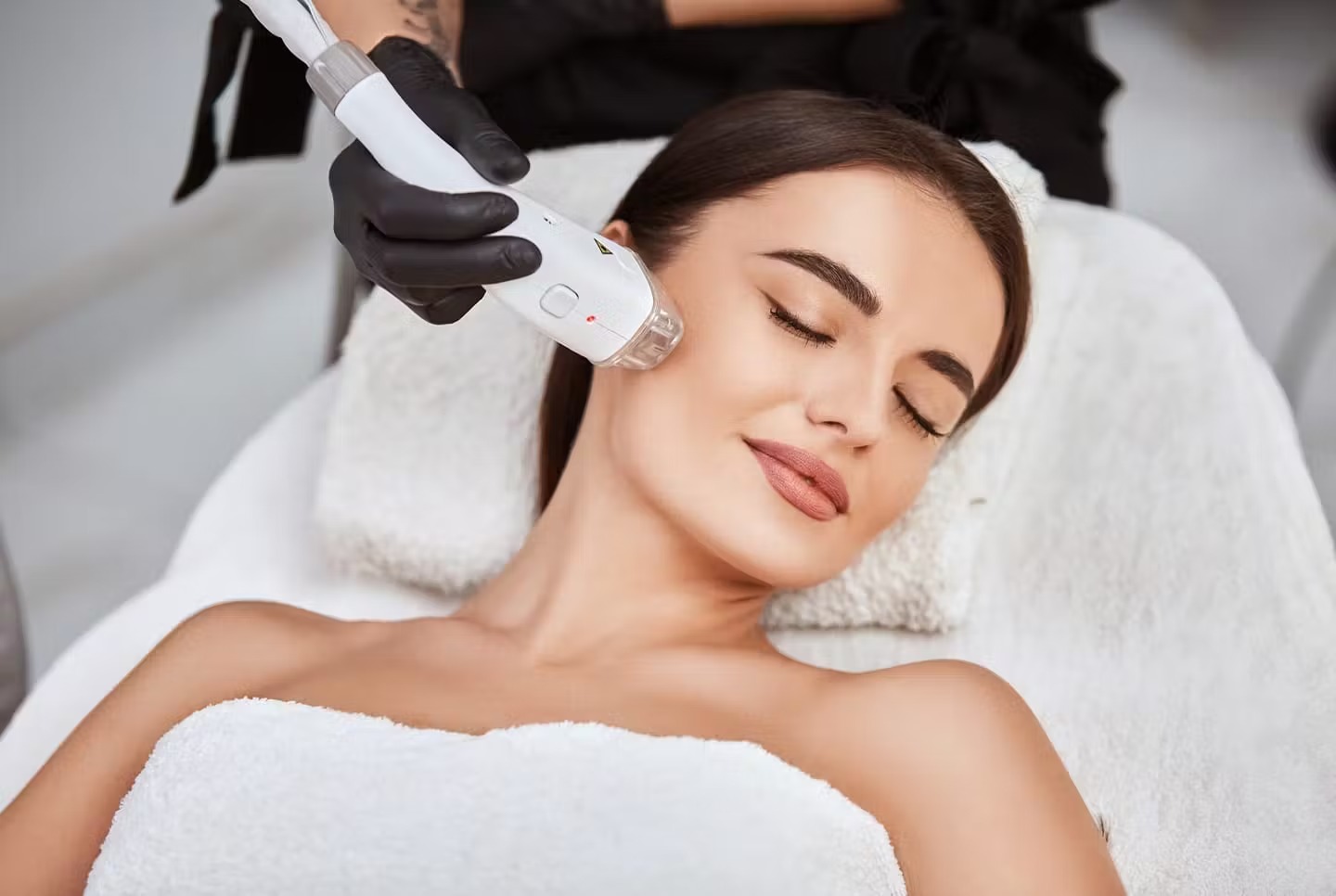Uneven skin tone, dark patches, and persistent spots — pigmentation is one of the most common skin concerns affecting people of all ages and skin types. Whether it’s due to sun exposure, hormonal changes, acne scarring, or aging, pigmentation can be stubborn and difficult to manage with over-the-counter products alone. As skincare science advances, more individuals are turning to innovative solutions like laser therapy to tackle this concern. One of the most popular and promising options is Laser Skincare Treatments in Dubai, which have gained attention for their effectiveness in reducing pigmentation and restoring radiant, even-toned skin.
Understanding Pigmentation and Its Causes
Before diving into how lasers work, it’s essential to understand what pigmentation really is. Pigmentation refers to the coloring of the skin caused by melanin, a natural pigment produced by cells called melanocytes. While melanin protects the skin from sun damage, an overproduction can lead to dark spots, known as hyperpigmentation. Common types include:
-
Sunspots (Solar Lentigines): Caused by prolonged sun exposure.
-
Melasma: Often triggered by hormonal fluctuations, especially during pregnancy or due to contraceptive use.
-
Post-Inflammatory Hyperpigmentation (PIH): Occurs after skin trauma, acne, or other inflammatory skin conditions.
Each of these conditions requires targeted treatment, and lasers are becoming a go-to choice for many because they offer precision and measurable results.
How Laser Treatments Work for Pigmentation
Laser skincare treatments target the pigment in the skin without damaging the surrounding tissue. They use highly concentrated beams of light that penetrate the skin and break down melanin clusters, which are then naturally removed by the body over time. Depending on the laser type, some also stimulate collagen production and skin regeneration, improving overall skin texture and tone.
Some of the most common laser types used for pigmentation include:
-
Q-Switched Lasers: Especially effective for treating deeper pigmentation issues like melasma and sunspots.
-
Fractional Lasers: These work by creating micro-injuries in the skin to stimulate new cell growth, helping in reducing pigmentation and improving skin clarity.
-
IPL (Intense Pulsed Light): Technically not a laser but often grouped with them, IPL uses broad-spectrum light to target pigmentation and improve skin tone.
Laser settings and treatment approaches can be customized depending on the skin type, depth of pigmentation, and the individual’s specific concerns.
What to Expect During Treatment
Laser pore reduction is typically a quick, in-office procedure that takes between 30 minutes to an hour, depending on the treatment area. During the session, you may feel a warming sensation or a mild prickling as the laser works beneath the skin. Some redness or slight swelling is common afterward, but it usually subsides within a few days.
Multiple sessions are often recommended for optimal results, especially if you have severe pore enlargement or other skin texture issues. Maintenance treatments every few months can help prolong the results.
Benefits of Laser for Pigmentation
Laser skincare is considered one of the most effective treatments for stubborn pigmentation, and here’s why:
-
Precision: Lasers can specifically target pigmented areas without affecting healthy skin.
-
Speed: Results are often visible within a few sessions, especially for superficial spots.
-
Minimal Downtime: Most modern lasers are designed to minimize recovery time, making them ideal for people with busy lifestyles.
-
Long-Term Results: With proper aftercare and sun protection, the results of laser treatments can be long-lasting.
Additionally, laser therapy offers the added bonus of improving overall skin texture, reducing fine lines, and minimizing pores, making it a holistic solution for skin rejuvenation.

Considerations and Limitations
While laser treatments are effective, they are not a one-size-fits-all solution. Skin type, tone, and the nature of pigmentation play a significant role in determining the success of the treatment. For instance, people with darker skin tones may be at a higher risk of post-inflammatory hyperpigmentation after laser therapy if not treated with the appropriate technology.
Moreover, results are not always immediate. Pigmentation might darken temporarily after treatment before it begins to fade. Multiple sessions are usually recommended for optimal outcomes, and maintenance treatments might be necessary for persistent or recurring pigmentation.
Proper aftercare is also critical. Laser-treated skin becomes more sensitive to sun exposure, so diligent use of sunscreen and avoidance of direct sunlight post-treatment are essential to prevent new pigmentation from forming.
Choosing the Right Approach
While laser therapy is an advanced option, it should ideally be part of a broader skincare plan that includes sun protection, hydration, and possibly other treatments like chemical peels or topical brightening agents. For best results, it’s important to undergo a thorough skin analysis to determine the underlying cause of pigmentation and select the most appropriate treatment method.
Those considering Laser Skincare Treatments in Dubai will find that the city offers a wide range of options that combine cutting-edge technology with personalized care tailored to individual skin needs.
Final Thoughts
Pigmentation can be frustrating and persistent, but it doesn’t have to be permanent. Thanks to advancements in aesthetic technology, lasers offer a powerful and scientifically backed solution to even out skin tone and restore confidence. While no treatment can guarantee instant perfection, laser skincare opens a promising path toward visibly brighter and healthier skin.
If you’ve been struggling with pigmentation and looking for real, noticeable change, Laser Skincare Treatments Dubai might be the transformative solution you’ve been searching for. With the right care, the journey to a clearer, more radiant complexion is entirely within reach.
